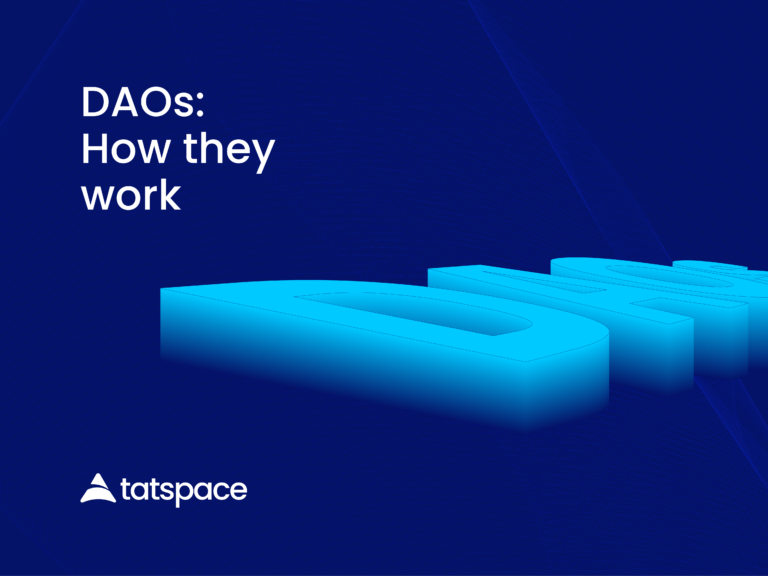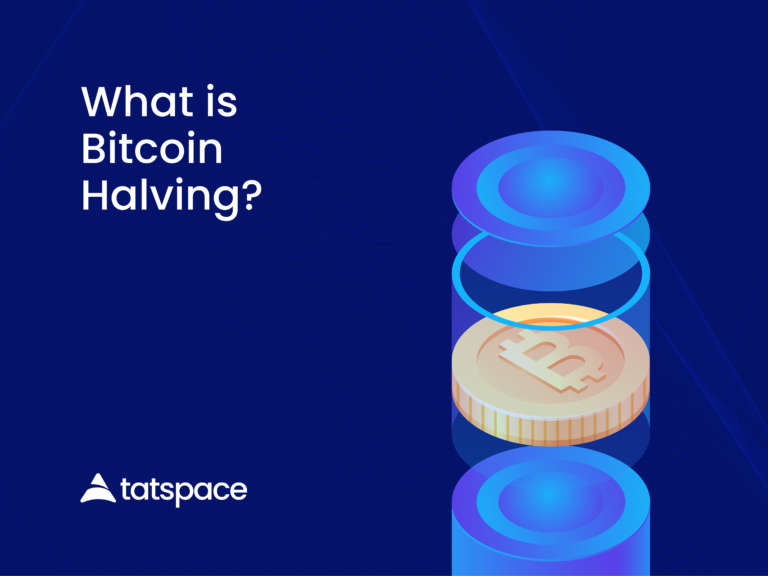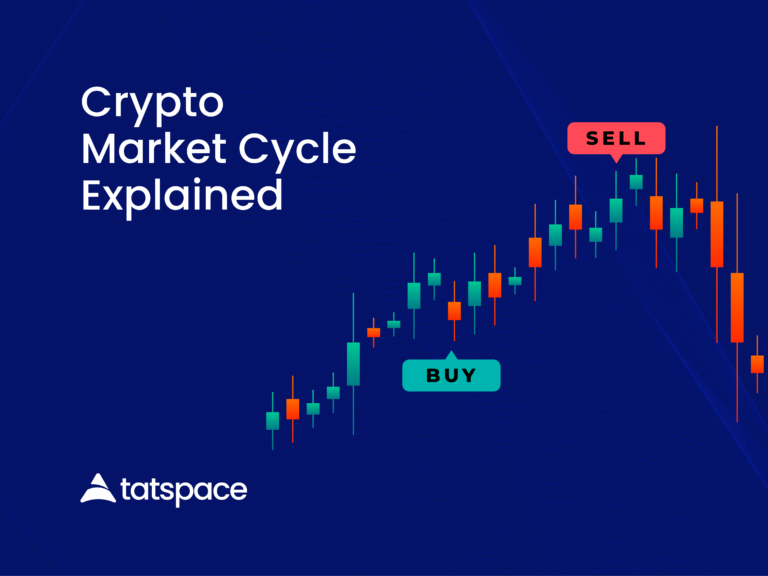Getting started with building a crypto portfolio is not as hard as you might think.
You can begin your journey of investing in crypto by purchasing your first Bitcoin (BTC) or any other cryptocurrency.
It’s that simple to own a crypto portfolio.
Although some investors prefer to try their hand at altcoins, some others choose to hold and invest in the largest cryptocurrencies.
However, what’s the most effective approach?
If you keep your portfolio regularly balanced and consider your asset allocation carefully, you will have better chances of succeeding.
There are a few ways to go about this, depending on your risk tolerance.
Truly speaking, it isn’t hard to balance your crypto portfolio, and the results can be rewarding.
What is a crypto portfolio?
The term crypto portfolio refers to a collection of cryptocurrencies owned by an investor or trader.
Assets included in portfolios typically include cryptocurrency products and altcoins.
The idea is similar to a traditional investment portfolio, except that one asset class is used.
You can track your crypto holdings and profits manually, by using a spreadsheet, or by using software and tools designed for cryptoanalysis.
This is where a portfolio tracking tool can help.
You can benefit from having trackers, whether you’re a trader, a long-term investor, or HODLers.
What are asset allocation and asset diversification?
If you want to build an investment portfolio, you should be familiar and comfortable with the concepts of asset allocation and diversification.
In terms of asset allocation, investing means holding different asset classes (e.g., cryptocurrencies, stocks, bonds, precious metals, cash, etc.).
Investing funds across several sectors and assets is known as diversification.
As an example, investing in different industries, such as agriculture, technology, energy, and healthcare, can provide diversification for your portfolio.
And either of these strategies will decrease your overall risk.
As a technical matter, cryptocurrencies are one asset class.
The difference lies in the fact that cryptocurrencies allow you to diversify across products, coins, and tokens of different goals and uses.
For illustration purposes only, in a cryptocurrency portfolio, you might allocate 50% Bitcoin, 30% Stablecoins, 10% NFTs, and 10% altcoins.
Concentrated and diversified crypto portfolios
A good crypto portfolio should be diversified, as most experts will tell you.
Although it is standard for investors, spreading your money around different assets has its pros and cons.
As we talked about earlier, diversifying your portfolio lowers overall risk and volatility.
This means taking losses and balancing them with gains will keep the value of your position stable.
Furthermore, each coin you add to your portfolio will give you more opportunities for profit.
Although it is unlikely that every investment will succeed, investing properly and diversifying your portfolio can increase your chances of making profits in the long run.
As your portfolio diversifies, it will be more likely to track the overall market.
It is common for traders and investors to strive for bigger profits than the market.
You should also pay attention to how crypto market sentiments can affect the value of your holdings.
Portfolios that are highly diversified offer higher average returns than portfolios that are more concentrated.
Assets with lower performance may help balance out assets with higher performance.
It takes more time and research to manage a diversified portfolio.
Similarly, investing wisely involves understanding what you’re buying.
However, big portfolios make it more difficult to comprehend everything well.
Using different wallets and exchanges may also be necessary if you are using various blockchains.
You can decide whether to diversify or not, but some level of diversification is always recommended.
Types of cryptocurrencies
By market capitalization, Bitcoin is the most popular cryptocurrency.
A well-balanced portfolio, however, will include different coins in order to reduce the overall risk.
Let’s take a look at different coins.
Payment coins
There are fewer and fewer new coins today that deal mostly with payment systems. In contrast, when cryptocurrencies were first created, most were merely systems for transferring value.
Most people are familiar with Bitcoin, but you may also know Ripple (XRP), Bitcoin Cash (BCH), and Litecoin (LTC), and so on.
Prior to Ethereum and the introduction of smart contracts, these coins were the first generation of cryptocurrencies.
Stablecoins
Usually stablecoins attempt to mimic or track underlying assets such as fiat money or precious metals.
For example, with USDT, reserves are set at a 1:1 ratio to US currency.
Similarly, PAX Gold (PAXG) ties its coins to a value based on the price of one fine troy ounce of gold held in reserves.
The main attraction of stablecoins is that they maintain value as well as uphold their name, although they do not bring high profits.
Being able to have an asset in your cryptocurrency portfolio that retains its value when the market is volatile is valuable.
Since the stablecoin relies on something outside the crypto ecosystem, a crypto market decline shouldn’t have any impact.
A dollar-backed stablecoin such as USDT can be used to protect your gains if you wish to move tokens out of a coin or project.
The process of converting to fiat is more complex than trading for a stablecoin.
Security tokens
Security tokens can represent a number of different things, just like traditional securities.
It could be a project’s bond, a right to vote, or even a company’s equity.
As a result of their digitization and placement on the blockchain, securities are mostly subject to the same regulations.
Therefore, security tokens are subject to regulation by local regulators and are subject to legal requirements before they can be issued.
Utility tokens
Utility tokens, on the other hand, operate as the key to specific services or products.
For example, like ETH, Tatcoin is a utility token.
While they can be used to pay for transaction fees when interacting with decentralized applications (DApps), utility tokens have several other use cases.
Issuing utility tokens in coin offerings is a method that many companies use to raise funds.
In theory, tokens’ value should directly correspond to their utility.
Governance tokens
As a holder of a governance token, you can participate in a project’s vote and receive a share of its revenue.
These tokens are typically available on decentralized finance (DeFi) platforms, such as Tatswap, PancakeSwap, Uniswap, and SushiSwap.
Similar to utility tokens, a governance token’s value is directly proportional to the success of its underlying project.
Financial crypto products
There is more to a portfolio than simply holding different coins. Purchasing financial crypto products will also further diversify your portfolio.
Imagine that you are investing in government bonds, ETFs, or mutual funds rather than holding shares.
Similarly, you can invest in many DAPPs and blockchain projects.
How to build a versatile crypto portfolio
There is no standard definition of a balanced crypto portfolio that applies to all investors and traders. Instead, here are some general guidelines you can consider:
- Divide your portfolio into high-, medium-, and low-risk investments and allocate the appropriate weights to each.
If your portfolio contains a large portion of high-risk investments, it’s definitely not balanced.
There is a possibility that it can provide you with bigger gains, but it can also lead to large losses.
What’s best for you will depend on your risk profile, but there should be a good blend.
- Consider rebalancing your portfolio if necessary.
Investing in cryptocurrency involves volatile markets, so you should adjust your strategy accordingly as the situation changes.
- If you want to help your portfolio remain liquid, consider holding a few stablecoins.
You can use stablecoins to lock in gains and exit positions quickly and easily on many DeFi platforms.
- Strategically allocate new capital, so that there’s no overexposure in any one section of your portfolio.
If you are enjoying a big profit from a coin, it’s usually tempting to invest more money.
Consider where you can better invest your money, instead of letting greed sway you.
- Put only what you can afford to lose into your investments.
When you feel stressed about your portfolio, it likely isn’t properly balanced.
If something goes horribly wrong in your position, there shouldn’t be major consequences for you.
- Always do your own research. You can’t go wrong if you always do your own research.
Don’t be solely dependent on others’ advice to help you invest your own money. It’s your money.
Crypto portfolio trackers
Tracking your portfolio is possible by using a program or service that tracks your holdings – a portfolio tracker.
You can track your progress and get an idea of how your current allocation compares with your long-term goals.
Below are a few examples to get you thinking:
CoinMarketCap
Price tracker CoinMarketCap has become incredibly popular over the years and introduced its own portfolio feature.
You can access the portfolio tracker free on desktop and mobile.
Due to the fact that it doesn’t connect to your exchange or wallet, you have to manually enter your holdings in the portfolio tracker.
To accurately track your gains, you can also add the prices at which you bought.
CoinGecko
In addition to tracking cryptocurrency prices, CoinGecko offers a portfolio option.
Luckily, the platform is free to use on mobile devices as well as in your browser.
The tracker is worth a try if you’re already using CoinGecko.
Delta
In Delta, you can view both your traditional investments and crypto portfolio at the same time.
With this platform, you can access 20 exchanges and a wide range of wallets.
Despite the available free and paid versions, there is no trading within the app.
Wrapping it up
Bitcoin’s health is very important for the cryptocurrency market.
However, that doesn’t mean your portfolio shouldn’t be balanced.
It’s always a good idea to diversify your crypto investments to offset potential losses that may occur with a Bitcoin crash.
Don’t forget, having multiple coins isn’t all it takes to balance your portfolio.
In order to create a portfolio tailored to your risk tolerance, you will need to use a bit of strategy.







